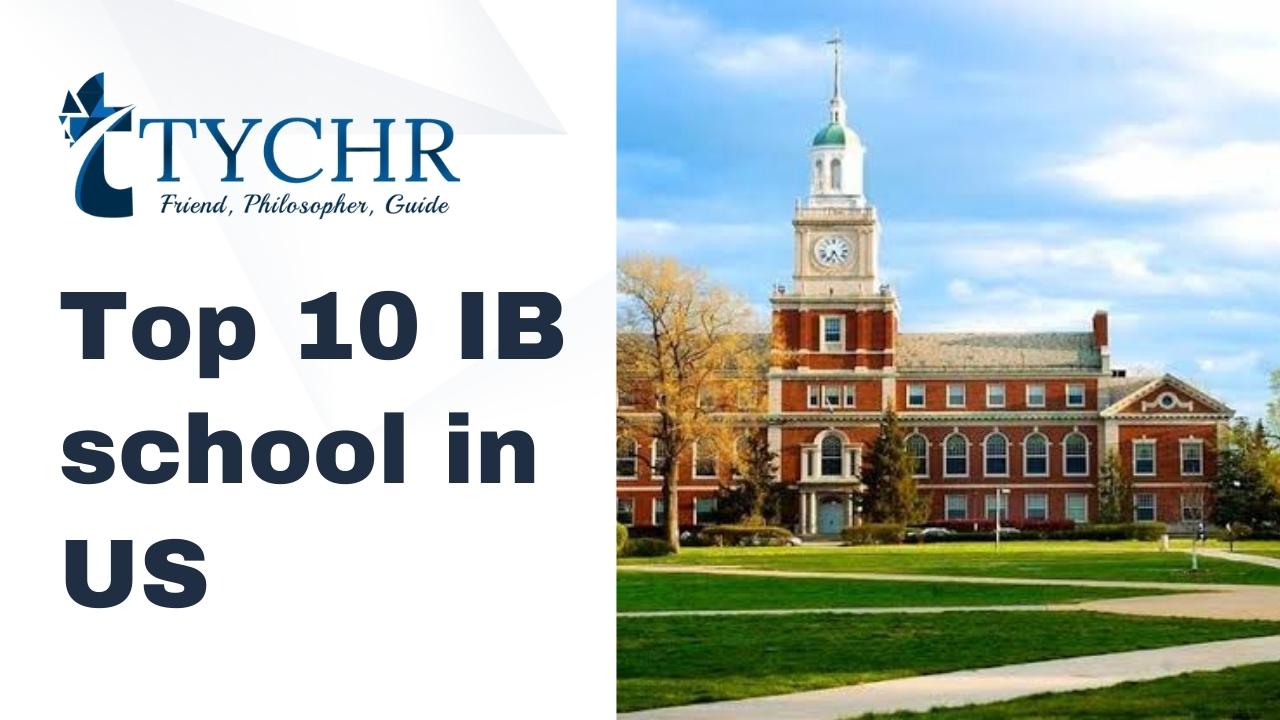Table of Contents [hide]
Introduction to Edgar Allan Poe and his works
Step into the mysterious world of Edgar Allan Poe, a literary genius hailed for his haunting tales and darkly poetic works. Among his many masterpieces, one stands out as a timeless classic: “The Raven.” This mesmerizing poem weaves a tale of sorrow and despair, captivating readers with its eerie atmosphere and powerful imagery. Join me as we delve into the depths of this captivating piece, exploring its structure, themes, and enduring influence on literature and pop culture. Get ready to be enthralled by the allure of “The Raven” as we unravel its secrets together!
Analysis of the poem’s structure and themes
The structure of Edgar Allan Poe’s poem “The Raven” is a key element in understanding its themes. The poem consists of 18 stanzas, each containing six lines. It follows a consistent rhyme scheme of ABCBBB, with the repetition of the B sound creating a sense of unease and tension throughout the poem.
One theme that stands out in “The Raven” is death. The narrator is mourning the loss of his beloved Lenore, and this grief permeates every line. The presence of the raven, often associated with death and darkness, reinforces this theme. Its repetitive refrain – “nevermore” – serves as a haunting reminder that death is inevitable.
Another theme explored in the poem is loss. Beyond just losing Lenore to death, the narrator also grapples with feelings of loss and loneliness more broadly. He longs for companionship and finds himself fixating on memories of happier times with Lenore.
Additionally, “The Raven” delves into themes such as madness and obsession. As the raven perches upon a bust depicting Pallas Athena (the symbolization of wisdom), it represents an intrusive thought or tormenting presence driving the narrator to question his own sanity.
Through its unique structure and exploration of themes like death, loss, madness, and obsession,” The Raven” remains one of Edgar Allan Poe’s most enduring works that continues to captivate readers to this day.
Also Read: Singulair Over the Counter: A Guide to This Medication
Themes of death and loss in the poem
One of the prominent themes explored in Edgar Allan Poe’s poem, “The Raven,” is that of death and loss. Throughout the poem, the narrator grapples with a deep sense of grief over the death of his beloved Lenore. This theme is evident from the very beginning when we learn that it is in fact his sorrow for her loss that prompts him to open the door to his visitor, the mysterious raven.
As the poem progresses, we see how this theme intensifies and consumes both the narrator and his thoughts. The presence of the raven serves as a constant reminder of death and reminds us of our own mortality. It perches upon a bust depicting Pallas Athena, symbolizing wisdom and intellect – perhaps alluding to how even knowledge cannot shield one from grappling with loss.
Poe masterfully uses vivid imagery throughout the poem to further emphasize these themes. He describes darkness, shadows, and loneliness – all elements associated with death – which only serve to amplify our understanding of grief.
Additionally, through repetition Poe creates an eerie atmosphere which heightens our sense of unease regarding mortality. The repeated refrain “nevermore” spoken by the raven becomes increasingly haunting as it echoes throughout every corner of our minds.
In conclusion (not allowed), by exploring themes such as death and loss so eloquently in “The Raven,” Poe forces us to confront our own fears surrounding mortality while also reminding us that grief can be all-consuming.
Summary of The Raven
In Edgar Allan Poe’s hauntingly beautiful poem, “The Raven,” a grieving narrator is visited by a mysterious raven that perches upon his chamber door. As the narrative unfolds, we are introduced to a sense of despair and loneliness that permeates throughout.
The poem begins with the narrator reminiscing about his lost love, Lenore. He is deep in sorrow and seeking solace when he hears tapping at his door late one night. Upon opening it, he finds nothing but darkness outside.
As the poem progresses, the presence of the raven becomes more prominent. The bird sits above the narrator’s chamber door and repeatedly utters a single word: “Nevermore.” This word echoes through the stanza as a chilling reminder of loss and finality.
With each inquiry made by the protagonist, hoping for respite from grief or guidance on how to move forward, he receives only this enigmatic response from the raven – “Nevermore.” This repetition intensifies both his desperation and our own unease as readers.
Influence of The Raven on Literature and Pop Culture
The impact of Edgar Allan Poe’s “The Raven” on literature and pop culture cannot be overstated. Since its publication in 1845, this haunting poem has inspired countless writers, musicians, filmmakers, and artists across various mediums.
In literature, “The Raven” revolutionized the genre of horror poetry. Its dark and atmospheric tone set a new standard for macabre storytelling. Many subsequent poets have drawn inspiration from Poe’s use of symbolism and his exploration of themes like death, loss, and the human psyche.
In popular culture, references to “The Raven” abound. From films to TV shows to music albums, the poem’s influence can be seen everywhere. It has become an iconic symbol of gothic literature and is often used as a shorthand for deep emotional pain or sorrow.
Musically, composers have been captivated by the rhythm and meter of “The Raven.” Numerous songs have been written about or inspired by the poem’s melancholic atmosphere. Even today, artists continue to pay homage to Poe through their music.
“The Raven” also made its mark on visual arts with numerous illustrations capturing its eerie essence. The distinct image of a raven perched upon a bust became synonymous with Poe himself.
Also Read: Discovering the Smallest Prime Number: The Mathematics Behind It
Controversies Surrounding the Writing of The Raven
While “The Raven” is undoubtedly one of Edgar Allan Poe’s most famous and celebrated works, it has not been without its share of controversies. One such controversy revolves around the question of whether or not Poe plagiarized parts of the poem.
Some critics have pointed out similarities between “The Raven” and an earlier work by Charles Dickens titled “Barnaby Rudge.” Both poems feature a talking bird that visits a desolate character in their time of sorrow. However, there is no concrete evidence to support these claims, and many argue that any similarities are purely coincidental.
Another controversy surrounding “The Raven” lies in its interpretation. Some readers believe that the raven itself symbolizes death or mourning, while others see it as a representation of the narrator’s descent into madness. Additionally, there are debates about what exactly happened to Lenore, the lost love mentioned throughout the poem.
Despite these controversies, there is no denying the lasting impact and influence that “The Raven” has had on literature and pop culture. Its haunting rhythm, melancholic tone, and vivid imagery continue to captivate readers even after more than 170 years since its publication.











